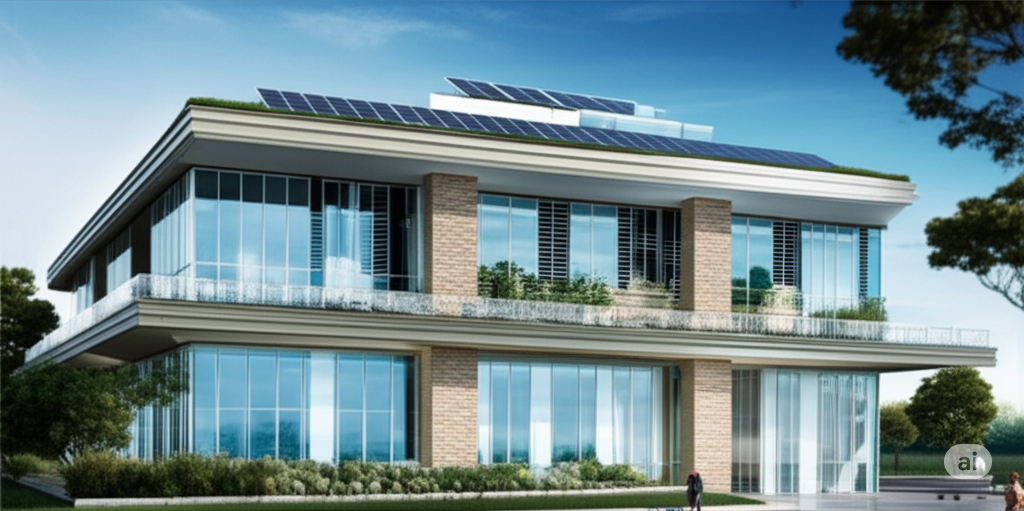
The Future of Eco-Friendly Buildings: Integrating HVAC and VAM for Maximum Impact
The Future of Eco-Friendly Buildings: Integrating HVAC and VAM for Maximum Impact
The construction and operation of buildings contribute significantly to global energy consumption and greenhouse gas emissions. As environmental awareness grows, the demand for eco-friendly building designs is escalating. Learn about Direct Fired Chiller | See VAM Product Page | CCHP Systems | Pump Solutions
-
Optimized Dehumidification and Cooling
Traditional HVAC systems excel at dehumidification by handling the latent heat load so as to create a comfortable indoor environment with less energy expenditure on sensible cooling.
-
Waste Heat Utilization
This circular approach not only reduces energy costs but also minimizes thermal pollution.
-
Lower Carbon Footprint
By utilizing waste heat or renewable energy, the overall carbon footprint associated with building climate control is substantially decreased.
While the integrated approach is gaining traction, wider adoption requires greater awareness, supportive policies, and advancements in system design and control. In conclusion, the strategic integration of HVAC and VAM systems represents a significant step towards creating truly eco-friendly buildings.
